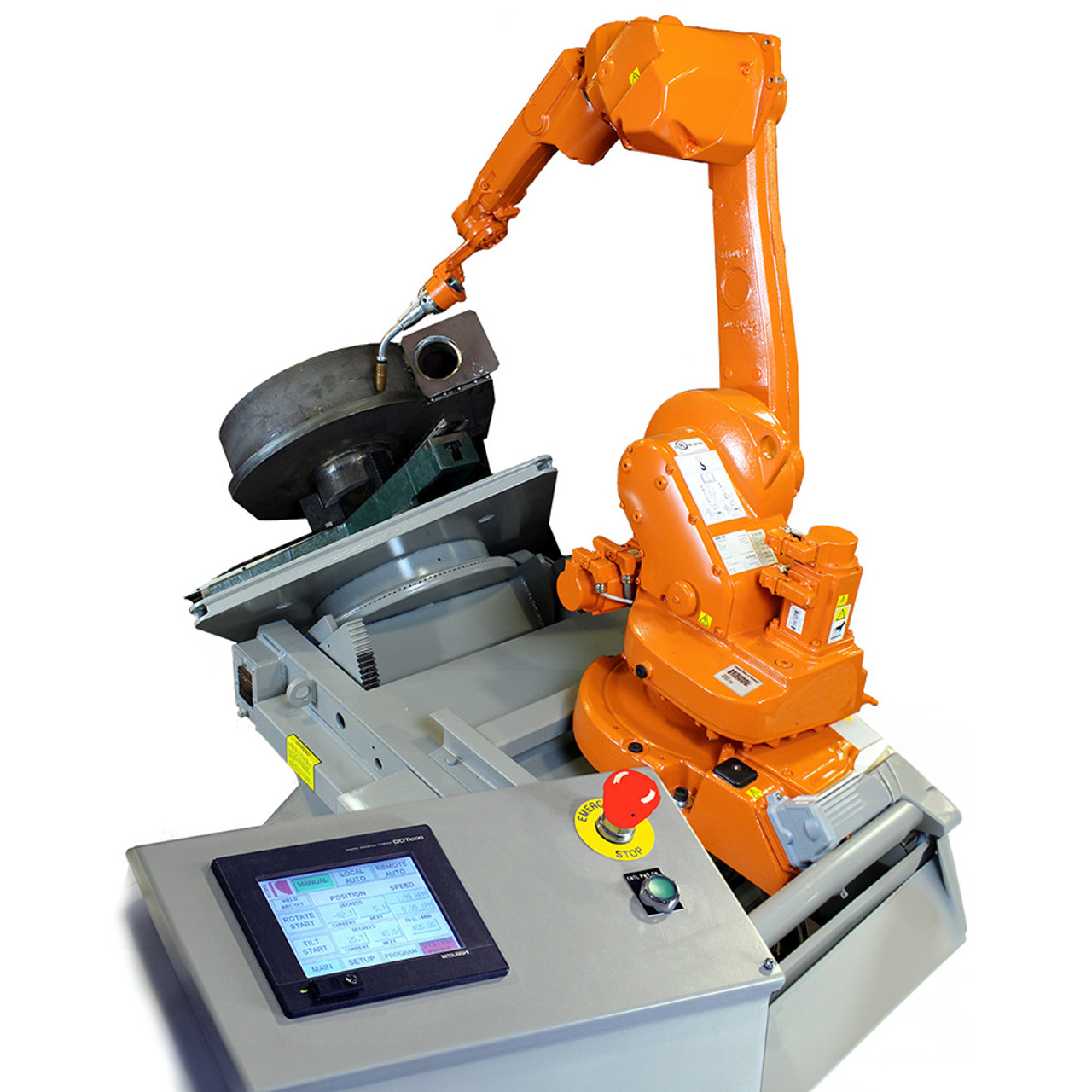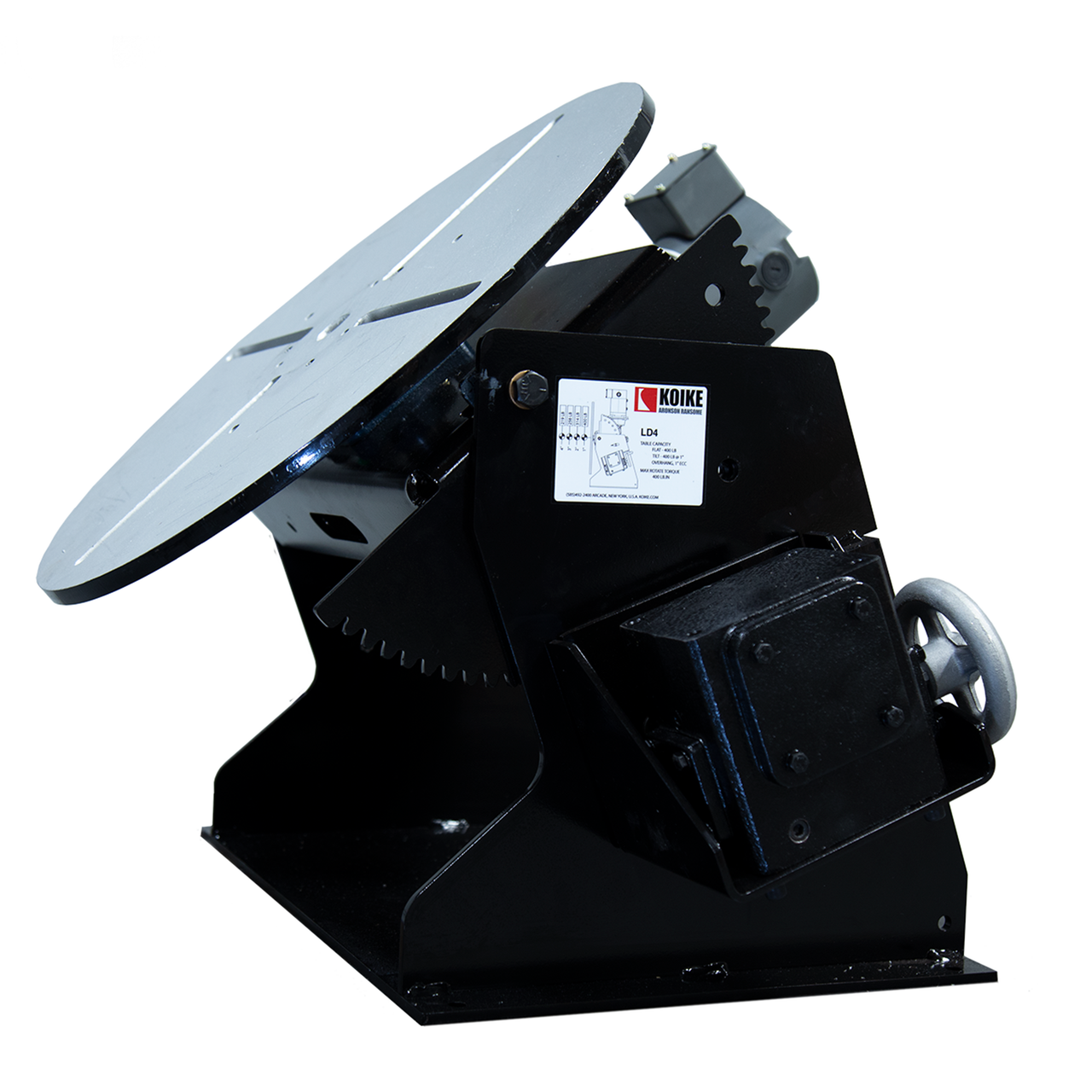To ensure precise torch return for welding, robots are typically fixed in relation to the workpiece, though some may move along it or between workstations. However, this limits access to the fourth side of the workpiece. Robotic Welding Positioners, compatible with most standard models, enhance robot flexibility by adjusting the workpiece in two or three axes. Koike Aronson Ransome offers these features for diverse industries like aerospace, automotive, and heavy equipment.
While conventional positioners suffice for some applications, many demand greater control and performance. Robotic positioners feature gear systems to minimize backlash, allowing precise positioning. This is achieved by using two pinions meshed with the final driven gear, which carries the worktable. By indexing these pinions oppositely while engaged with the driven gear, they eliminate lost motion. Although practically backlash-free, tolerances consider manufacturing variations and wear.
High-precision components and machining guarantee anti-backlash and precise positioning. Robotic Welding Positioners can be powered by servo drives or pneumatics, with options for custom-engineered solutions to meet specific needs.







